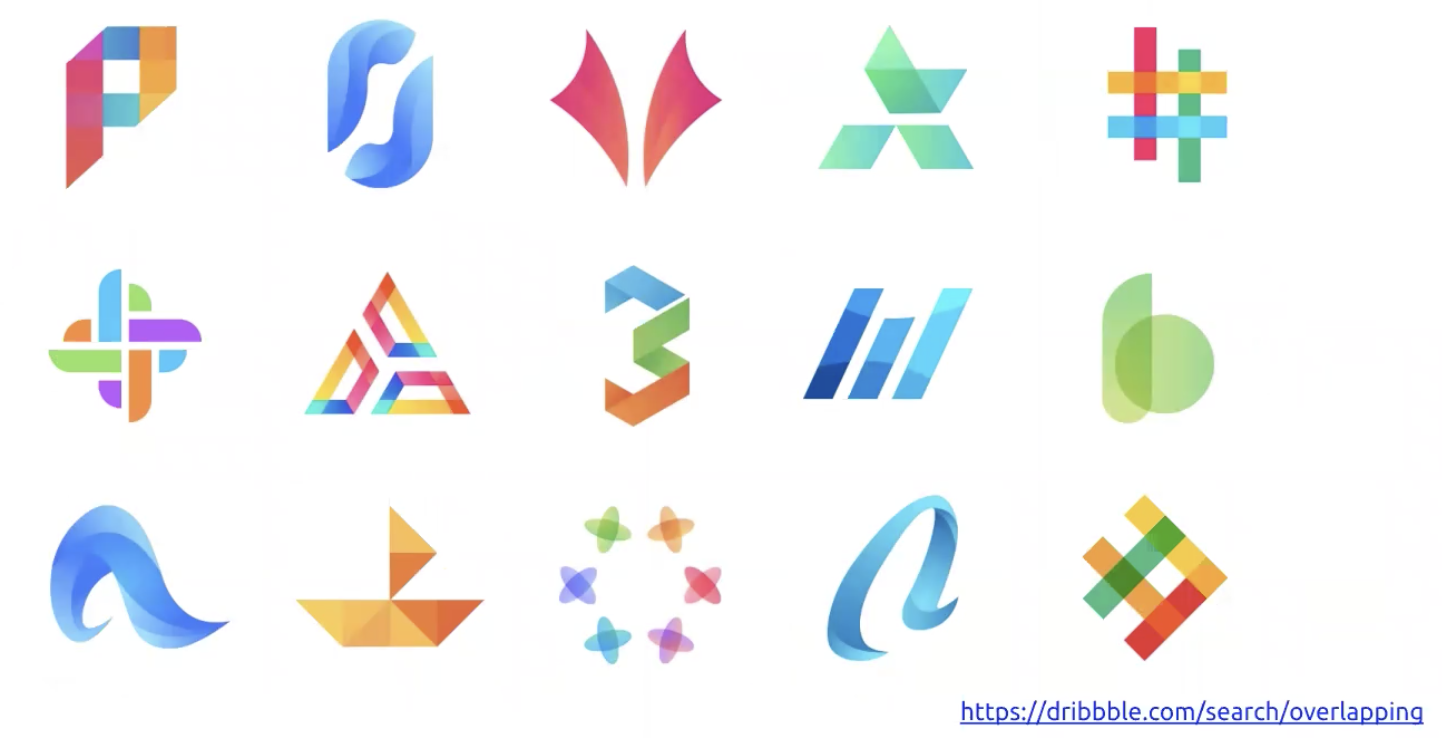Conversion Optimization with A/B Testing

At Grio, we offer a wide range of services focused on helping our clients optimize their web presence. One such service is A/B testing. A/B testing, also known as split testing, is a marketing experiment that compares two versions of your content by “splitting” your audience and analyzing which variation performs best. In other words, you create a variant of your content, then show version A to one half of your audience and version B to the other half and analyze the results.




